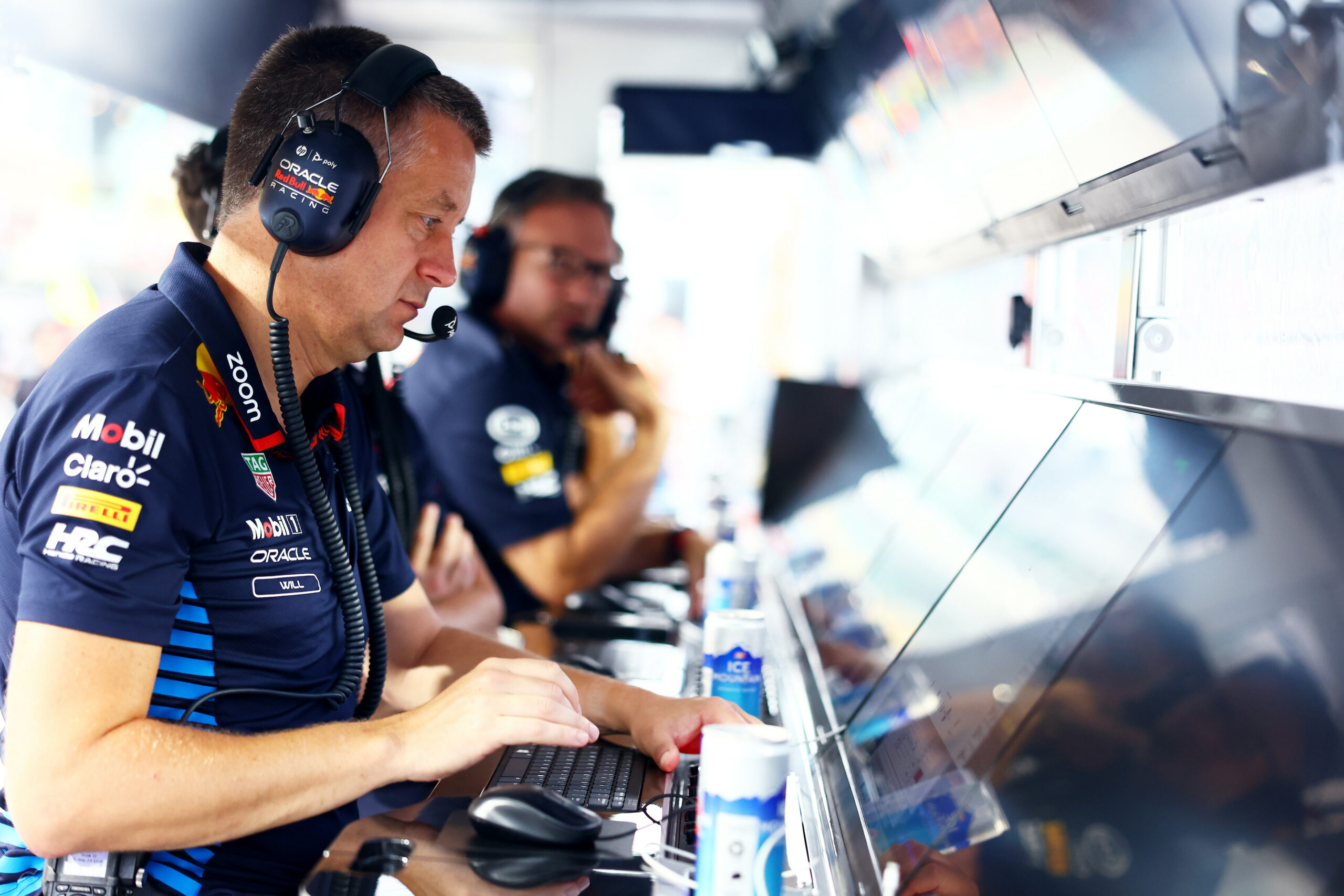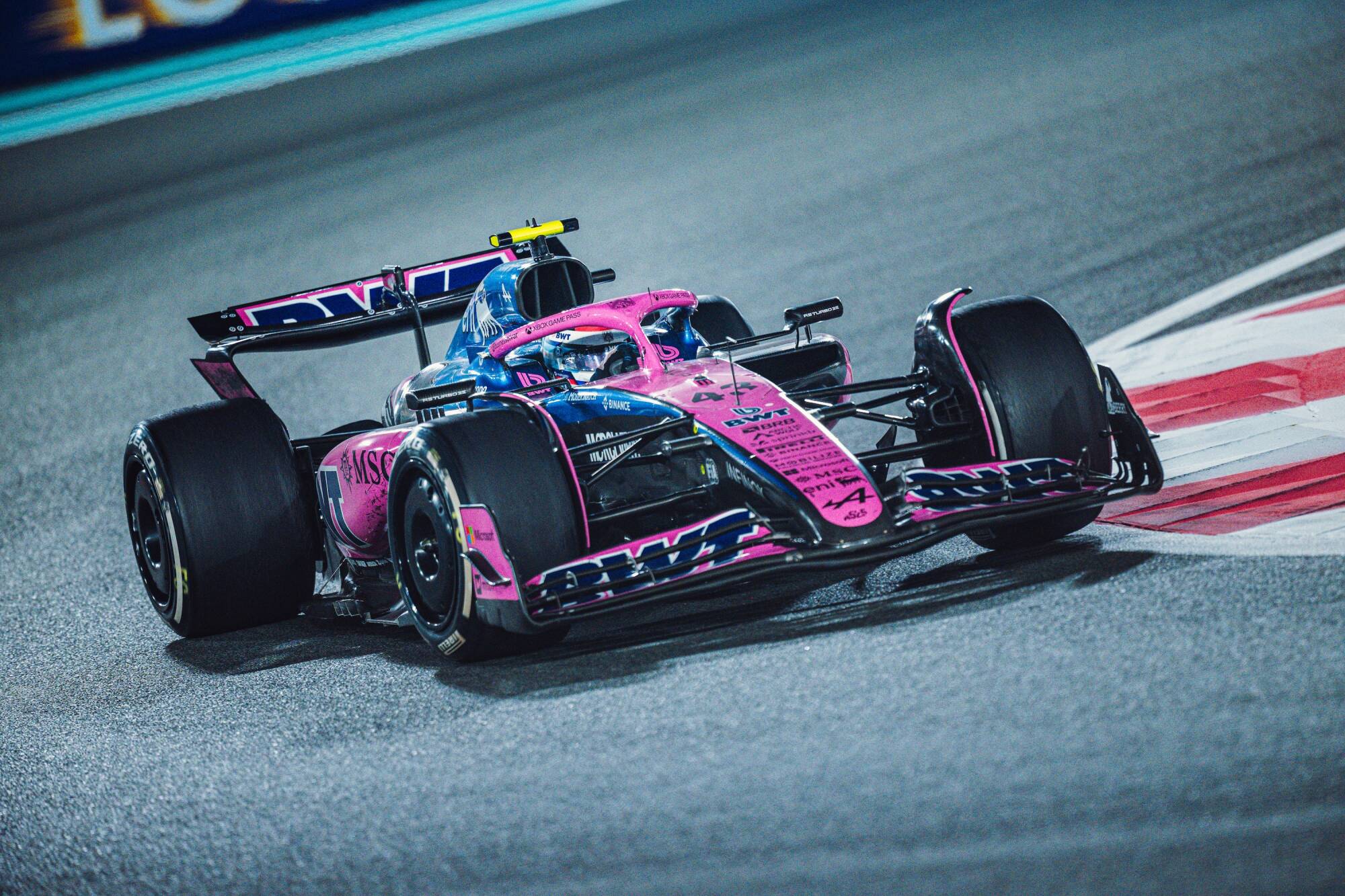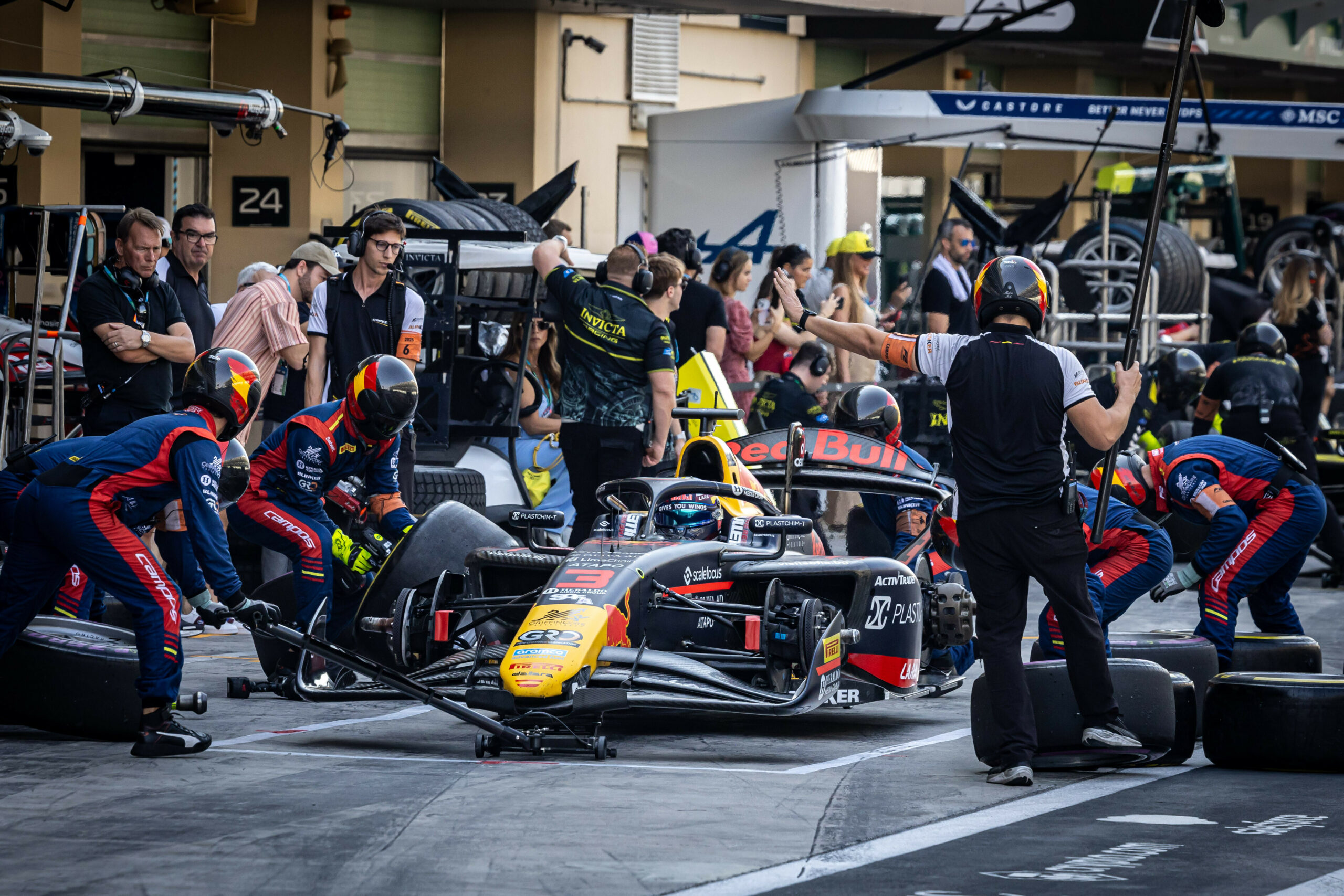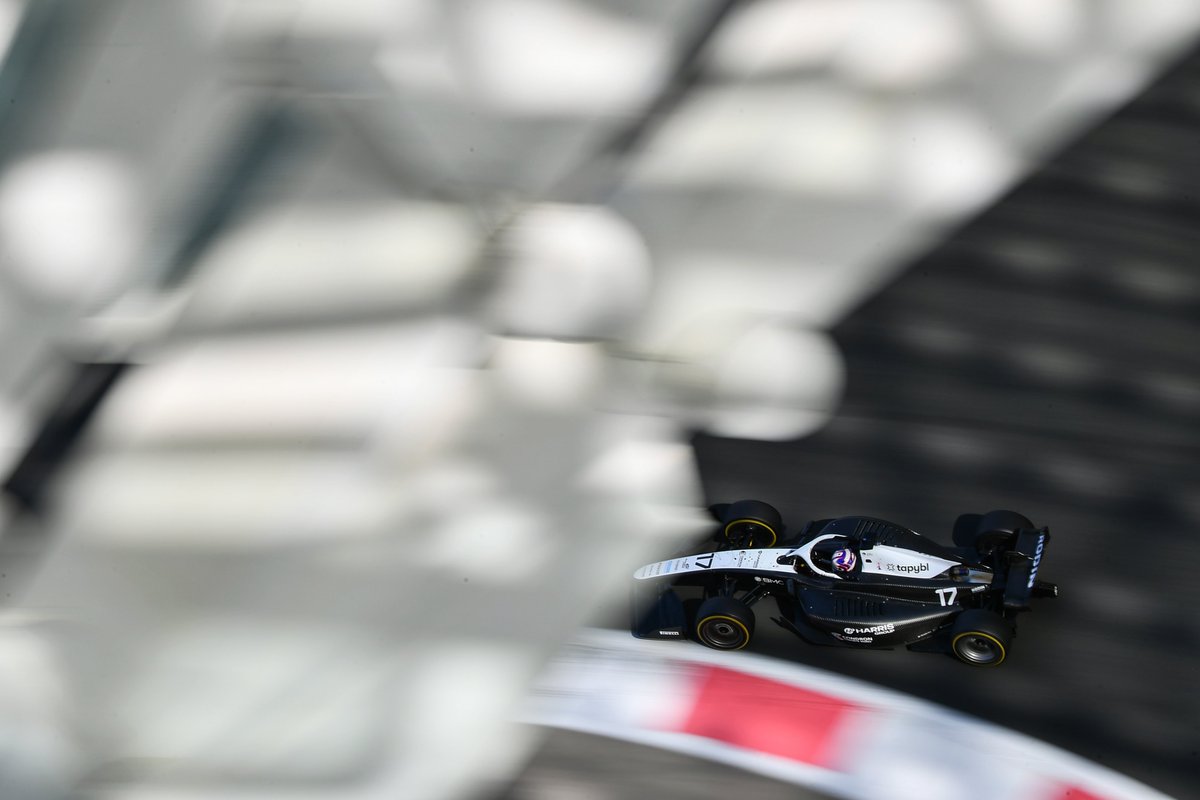2023 was not Alpine’s year. After the French team decided not to give Fernando Alonso, one of the best drivers in the category, a longer contract, he looked for alternatives and found one that suited him perfectly.
Looking for a new teammate for Esteban Ocon, Alpine decided to appoint Oscar Piastri as the team’s second driver, but the Australian denied he had accepted, and a tough season was on the horizon for the Enstone -based team.
It was then announced that they would have a completely French lineup: Pierre Gasly and Esteban Ocon would be their drivers for the 2023 season, which turned out to be a tough season for them.
In spite of the fact that two podiums were achieved, the team’s performance was poor, the car was very “conservative”, which made it difficult for them to have a wide operating window and therefore, consistent performance.
A $200 million dollar injection didn’t improve the situation. In many teams, part of the functionality of the team is due to leadership among the drivers, at Alpine, that leadership did not exist.
In addition, the French lost four senior management figures: CEO Laurent Rossi , Team Principal Otmar Szafnauer , Chief Technical Officer Pat Fry and Sporting Director Alan Permane.
They also spent the whole season in a limbo, as at the Abu Dhabi Grand Prix 2022, they were still fighting for fourth place with McLaren, which they won, and in the same city in 2023, they found themselves in no man’s land, alone in 6th place, 160 points behind Aston Martin and 92 points ahead of Williams, who only managed 28 points.
So yes, they were going backwards instead of forwards. The team’s current Technical Director, Matt Harman, spoke out about the team’s poor performance, focusing on aerodynamics and how other teams were able to make huge strides in this area: “I think we got a little bit outgunned aerodynamically by some other cars. We did make some ground at the start of the season on the people we were targeting.”
“But there were some notable teams that had made a bigger step than we did. Some of that is to do with pure load on the car, pure development and the amount of load we’re able to put on the car. Some of it was the understanding we needed to extract from the car in the way in which we operate it.”.

BWT Alpine F1 Team Technical Director, Matt Harman, Photo: BWT Alpine F1 Team
Harman added that these problems are being studied and that he hopes to have better results in 2024: “There have been experiments going on throughout the year to try and get to the bottom of that. Some have been visible, some not so visible. We hope to use that learning to try and get a more positive result this year.”
However, the Briton said the problem was a rare one, as they struggled to find the balance: “We didn’t really get to grips with the car until the second, third, maybe fourth test. That’s not like us. We have a very competent team of engineers on track, in collaboration with the factory, [but] it took us a while to get to grips with it”.
“It’s not that it’s difficult to set up, it’s that the margin is very narrow and you have to make compromises. It’s complicated. You go to a circuit where the handling is important to the driver – and we can’t put the car there because of the loss of performance.”
Even after managing to find a solution for the biggest faults after the fourth race, the team thought they could improve.
However, the A523 didn’t allow it, as the way the car was made, limited improvements, so 2023 became a season of revision and not evolution, unlike 2022: “We didn’t do as well as A522, we had a great year that year. Every time we touched the development of the car, we put load on it, and took a lot of weight off the car, there was a lot of performance to get. “
“It’s become more complicated. You have to go into more detail, so we have to be more careful how we invest the money. I don’t think this year has been as successful as A522.”

Photo: Juan Gutiérrez P. / IG: @juan_guti
Harmann also accepted that the aerodynamics weren’t the only issue with the car, as the power unit didn’t appear to be very reliable but, given that regulations are frozen until 2025, there’s not much they can do about it at the moment:
“We have the technology and the ability to put the power unit where we’d like it, we just ran out of time with the RE22. We were very brave with that engine. It’s a little bit behind where we’d like it to be, but it was way behind before. We made a big step, but not enough.”
“We couldn’t risk any more than we did. It would have been nice to have it unlocked a little bit to do it again but, at the end of the day, it’s also important to keep in mind that we have another power unit to do at the moment. That’s a big goal for the team, and that’s where we see our future.”
A tough call was made in the end to focus on the next generation of engines:“In the end we made the decision to focus on the future, and we will look at this power unit for the next two years trying to eliminate some of its losses and as much as we can do within this regulation.”
The team’s focus is 100 per cent on 2026, says Harman: “We are focused on the future and the 2026 regulations, as well as the cars we have to do between now and then. We have big ideas for that [2026]. We also have a big programme at both sites [its engine base in Viry, France, and its chassis HQ at Enstone in the UK], to improve capabilities and functions.”
“We are focusing on our simulation tools, we have to be sharper, we have to be better at getting good answers to difficult questions faster. From my point of view, the plan of the last three years has not changed, we are just accelerating it.”
“We are well funded, we have enough staff; it’s just a matter of getting our heads down and getting on with it. The simulator was put in place with a view to 2026,” explains Harman. “It will be installed next year. It will be housed in a huge building that will house other interesting facilities, so I’m very excited about that.”
“What we have now is a very good tool, but its resolution bandwidth is not up to scratch, and I think this is going to give the drivers another level of confidence in the correlation of the simulator, which for 2026 is going to be very important,” he concluded
The 2026 regulation change is a new opportunity for all the teams, and for the grid order as we know it now to change radically. Alpine is determined to come on strong in 2026, however, there are still two seasons to go before that happens and they will have to do something to avoid losing further positions on the grid, or will they? We will have to wait and see.




